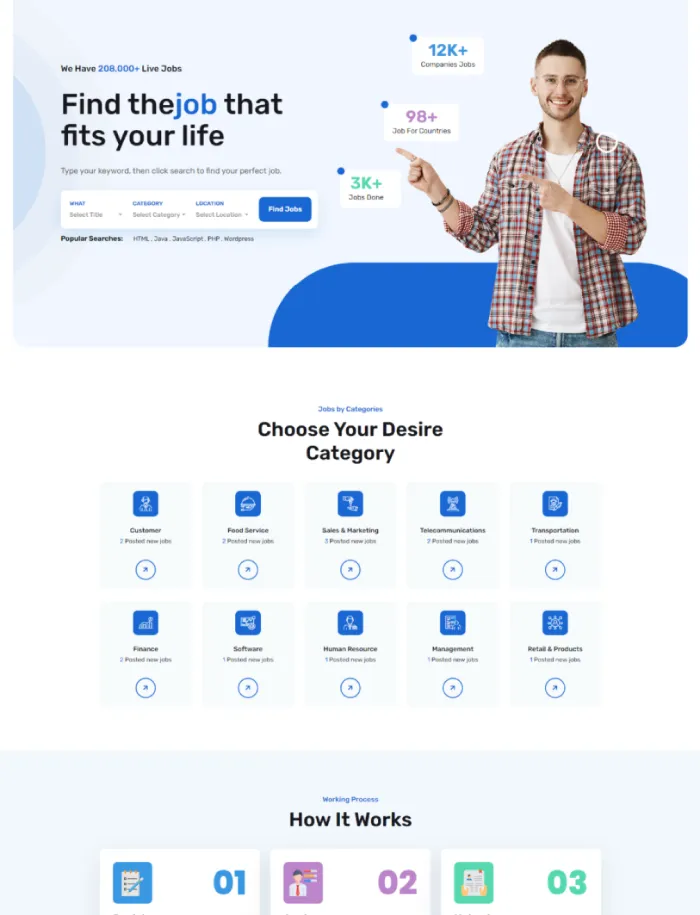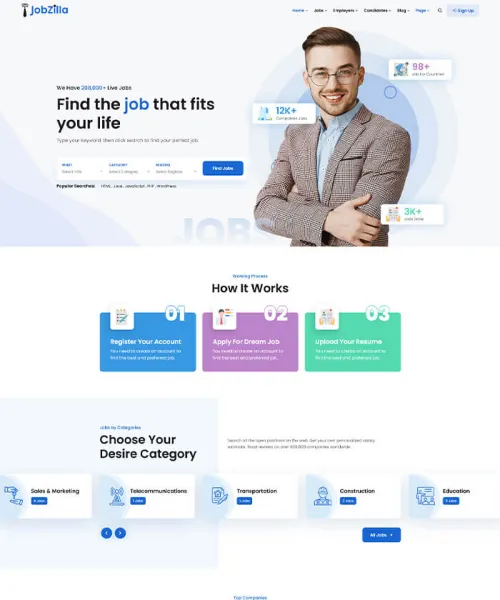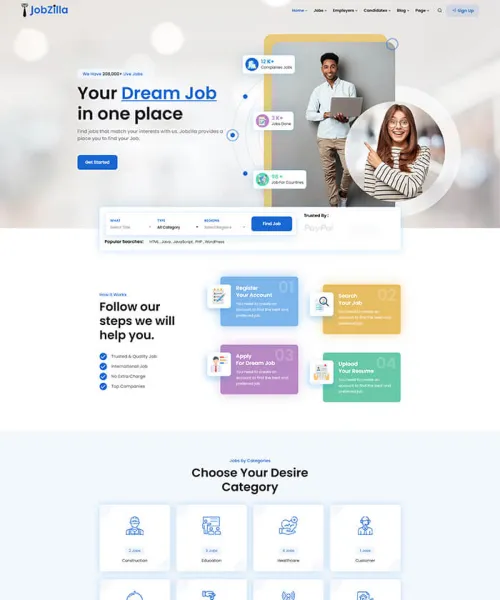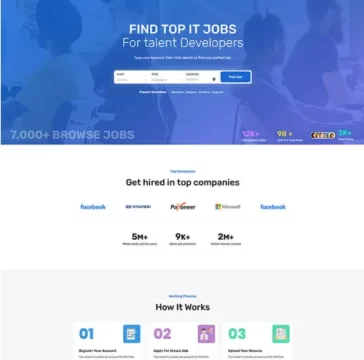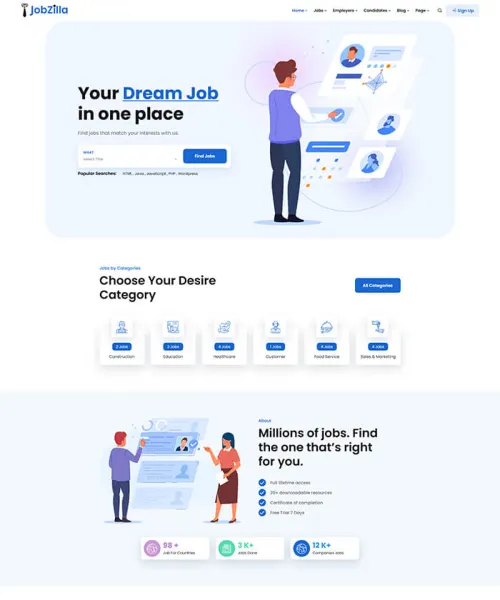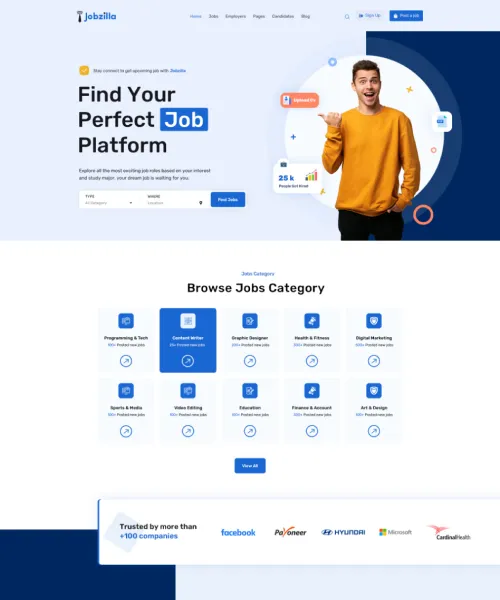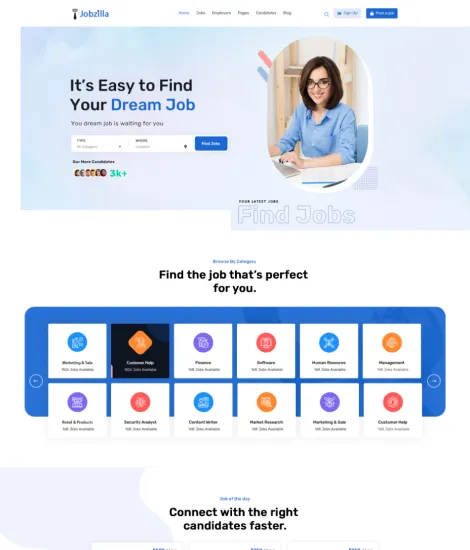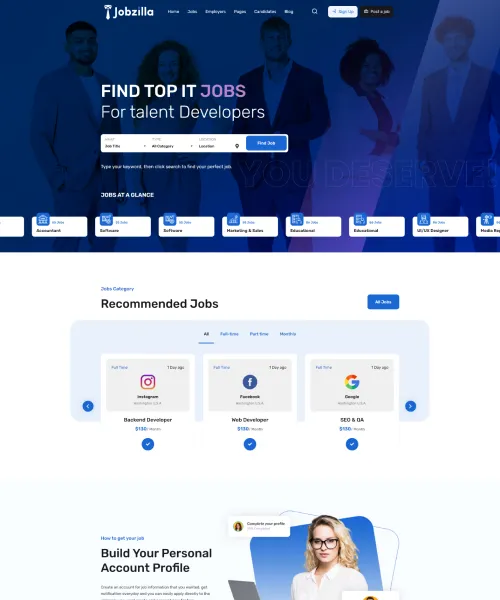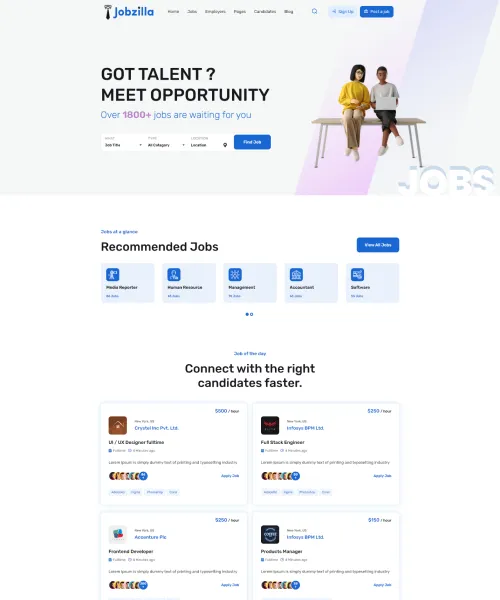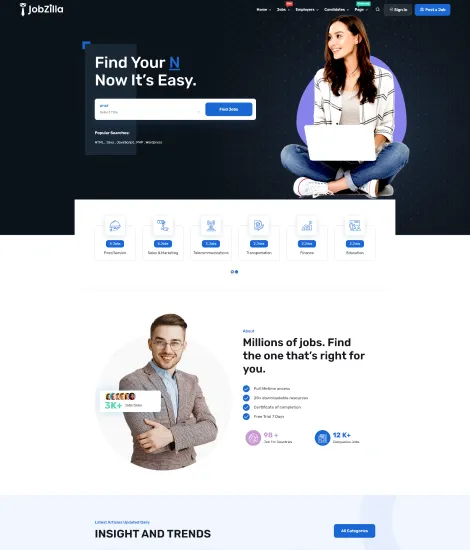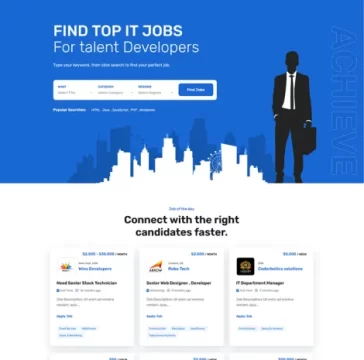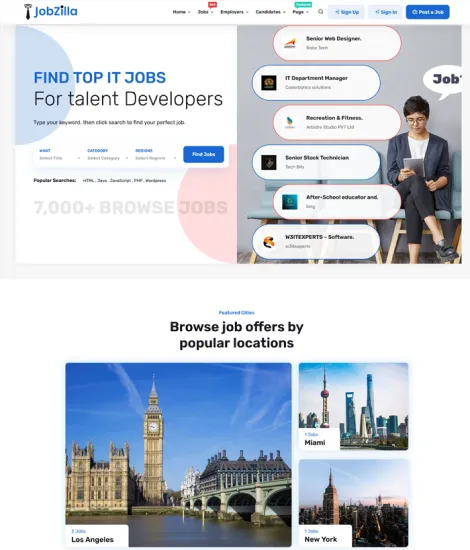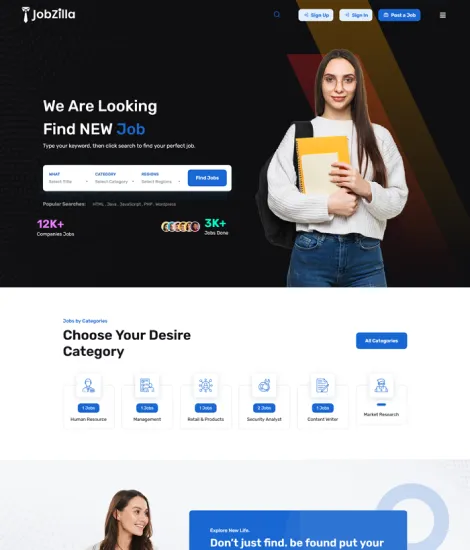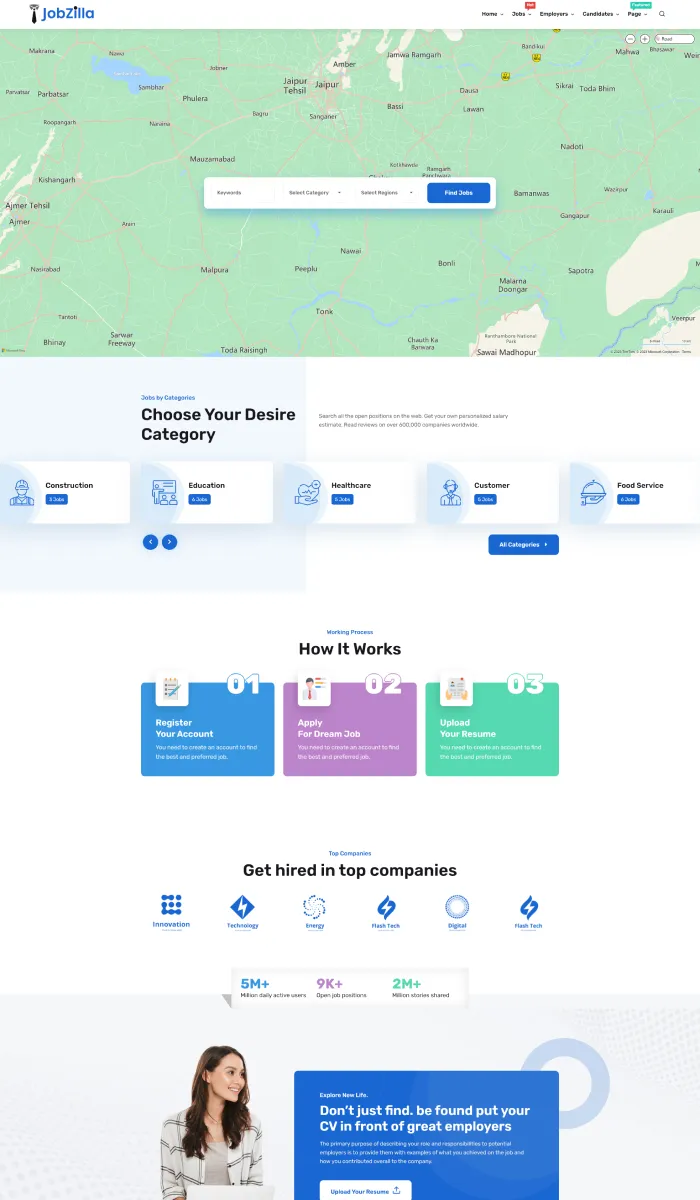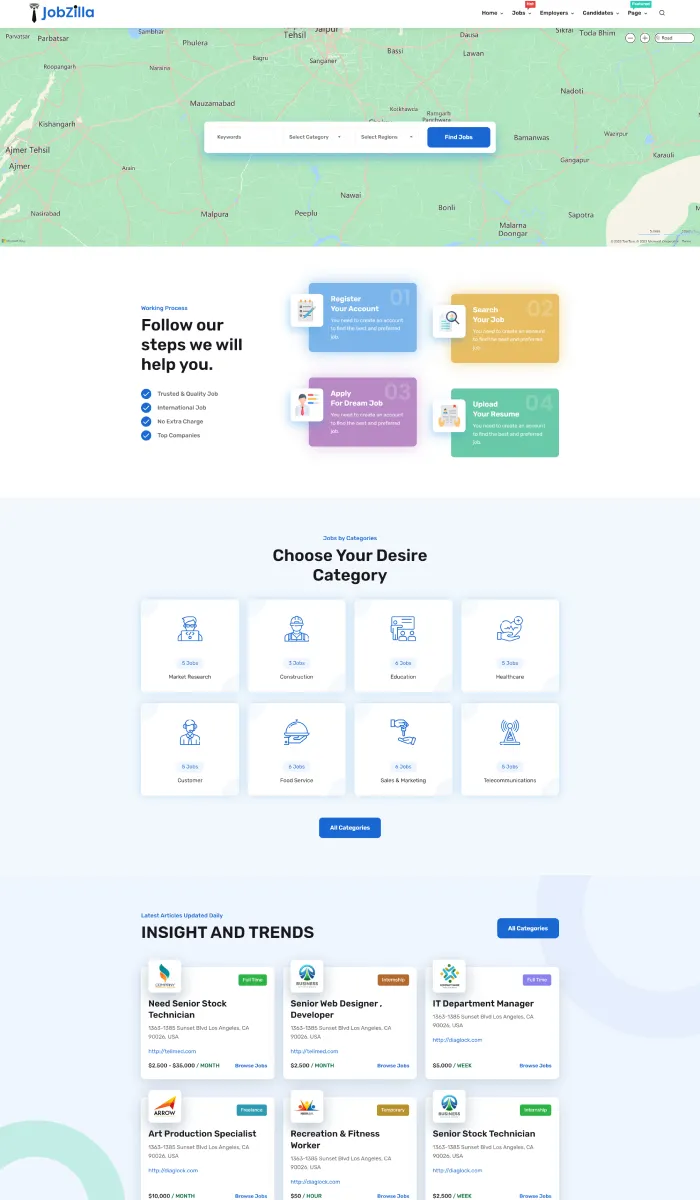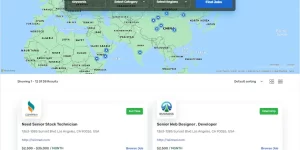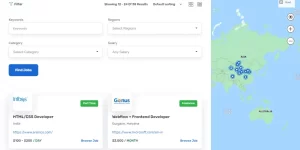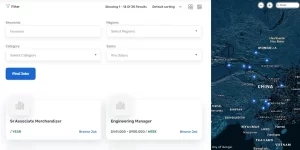The Influence of Mobile Apps on Modern Education and Society
In the digital age, mobile applications have become indispensable tools shaping various aspects of daily life. From communication and entertainment to education and productivity, apps influence our behaviors, perceptions, and learning habits. As technology continues to evolve, understanding the role of educational apps and their impact on society is essential for educators, developers, and users alike.
Table of Contents
- Introduction: The Pervasiveness of Mobile Apps in Modern Society
- The Evolution of Educational Apps and Their Impact
- Core Concepts: Digital Literacy and Information Ecosystems
- Regulatory and Ethical Considerations in App Development
- Case Study: Google Play Store and Educational Apps
- Non-Obvious Factors Shaping the Digital Educational Landscape
- Future Trends: The Next Phase of Educational Apps and Digital Influence
- Conclusion: Reflecting on the Interplay Between Apps and Our Digital World
1. Introduction: The Pervasiveness of Mobile Apps in Modern Society
Mobile applications have revolutionized the way societies function, enabling instant access to information, communication, and services. Today’s smartphones are powerful mini-computers, facilitating a digital transformation that affects all age groups and sectors. According to recent statistics, over 3.8 billion people worldwide use smartphones, with a significant portion engaging with educational apps regularly.
Apps like co co road for my phone exemplify how modern tools integrate into daily routines, providing not only entertainment but also opportunities for learning. Such applications are central to the digital environment, influencing behaviors, skills, and societal norms.
This article explores how these apps shape education and society, connecting abstract ideas with practical examples to demonstrate their significance and future potential.
2. The Evolution of Educational Apps and Their Impact
The development of educational technology traces back to early computer-based learning tools in the 1960s, but the advent of smartphones catalyzed a rapid expansion in accessible learning resources. The launch of app stores like Google Play and Apple’s App Store created fertile ground for innovation, enabling developers to reach global audiences.
A notable surge occurred during the COVID-19 pandemic when remote learning became a necessity. Data from Sensor Tower indicated that educational app downloads increased by over 200% in 2020 compared to previous years, reflecting a societal shift towards digital learning environments.
This transition has altered learning behaviors, encouraging self-directed study, microlearning, and interactive engagement. For example, language learning apps like Duolingo saw exponential growth, illustrating how increased access to educational tools fosters new learning paradigms.
Modern apps, such as the illustrative co co road for my phone, demonstrate the blending of gamification, multimedia, and adaptive learning strategies, making education more engaging and personalized.
3. Core Concepts: Digital Literacy and Information Ecosystems
Defining Digital Literacy
Digital literacy encompasses the skills required to find, evaluate, and responsibly use information in digital environments. As educational apps become more prevalent, learners must discern credible sources, understand digital footprints, and navigate online communities confidently.
Influence on Critical Thinking
Interactive educational apps promote critical thinking by presenting problem-solving scenarios, quizzes, and simulations. For instance, math puzzles in apps like Photomath challenge students to analyze problems actively rather than passively consume content.
Design and Responsible Digital Citizenship
Well-designed apps foster responsible use by incorporating privacy protections, age-appropriate content, and prompts encouraging ethical behavior. For example, apps like {название} exemplify how intuitive interfaces and privacy considerations can promote healthy digital habits.
4. Regulatory and Ethical Considerations in App Development
As educational apps handle sensitive data, transparency in data collection is paramount. Privacy nutrition labels, introduced by regulatory bodies, inform users about what data is collected and how it’s used, building trust and ensuring compliance.
Platforms like Google Play review apps within 24-48 hours, assessing safety, content appropriateness, and technical quality. This process helps maintain high standards and instills user confidence in educational tools.
Developers face ethical challenges in balancing innovation with privacy, often leading to design choices that prioritize user security and responsible data management, influencing how educational apps evolve.
5. Case Study: Google Play Store and Educational Apps
The Google Play Store hosts thousands of educational apps ranging from language learning to science simulations. Their popularity is driven by the accessibility and affordability of digital education, especially in underserved regions.
An illustrative example is co co road for my phone, which exemplifies how modern educational apps influence learning habits through gamification and user-centered design.
| Feature | Impact |
|---|---|
| App Review Times | Ensures quality and safety within 24-48 hours |
| Content Moderation | Maintains educational standards and user trust |
| Developer Guidelines | Promotes responsible innovation |
6. Non-Obvious Factors Shaping the Digital Educational Landscape
Beyond obvious regulatory measures, several subtle factors influence educational app ecosystems:
- App Store Policies: Policies on app diversity and innovation can either stimulate or hinder the development of niche educational tools.
- Data Privacy Concerns: Rising awareness impacts user engagement, prompting developers to incorporate stricter privacy measures.
- Pandemic-Driven Growth: The surge in downloads during COVID-19 has accelerated adoption, leading to a long-term shift in digital learning paradigms.
7. Future Trends: The Next Phase of Educational Apps and Digital Influence
Emerging technologies promise to revolutionize educational apps further:
- Artificial Intelligence (AI): Personalized learning experiences adapting to individual progress and preferences.
- Augmented Reality (AR) and Virtual Reality (VR): Immersive environments for experiential learning in science, history, and more.
- Digital Equity Challenges: Addressing disparities in access and skills to ensure inclusive digital education.
Apps like {название} exemplify ongoing efforts to integrate these technologies, shaping the future of digital education and societal development.
8. Conclusion: Reflecting on the Interplay Between Apps and Our Digital World
“As mobile apps continue to influence societal behaviors and educational paradigms, responsible development and regulation become crucial for fostering a balanced digital future.”
The integration of educational apps into daily life signifies a profound shift in how knowledge is accessed, processed, and shared. Ensuring responsible design, privacy, and inclusivity is vital for maximizing their positive impact.
Engaging thoughtfully with these technological tools enables individuals and societies to navigate the digital landscape effectively, harnessing their full potential for growth and learning.


